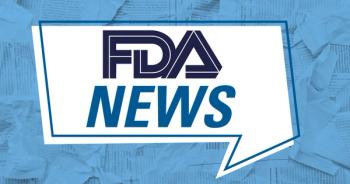
USPSTF reaffirms benefit of folic acid supplementation
The USPSTF updates their 2009 statement on folic acid supplementation in women of childbearing age. Plus: The FDA releases the final advice on fish consumption.
In an update of its 2009 statement on folic acid supplementation in women of childbearing age, the US Preventive Services Task Force (USPSTF) has reaffirmed the value of the vitamin for prevention of neural tube defects (NTDs). Published in
This review of the evidence included 1 randomized clinical trial, 2 cohort studies, 8 case-control studies, and 2 publications from the 2009 analysis and looked at evidence of the effectiveness of folic acid supplementation in at least 41,802 participants. Results were not pooled because of study heterogeneity and differences in food fortification over time. The review did not include evidence on folic acid supplementation in women with a history of pregnancy affected by NTDs or other high-risk factors or on fortification, counseling to increase dietary intake of folic acid or naturally occurring food folate, or screening for NTDs.
As was the case 8 years ago, the USPSTF found that the net benefit of folic acid supplementation is substantial and that the harms to the mother or infant of taking the vitamin at typical doses are no greater than small. No substantial new evidence was identified of either the benefits or harms of folic acid that would have led to a change in the group’s previous recommendation.
Final advice from FDA, EPA on fish consumption
Seven types of fish should be avoided by women who are pregnant or planning to become pregnant or breastfeeding, and by young children, according to
According to FDA and EPA, the fish to avoid are tilefish from the Gulf of Mexico, shark, swordfish, orange rough, bigeye tuna, marlin, and king mackerel because they contain high levels of mercury. The agencies recommend that women who are pregnant consume 2 to 3 servings of lower-mercury fish per week or 8 to 12 oz, which is consistent with the 2015-2020 Dietary Guidelines for Americans. Consumers who eat fish caught recreationally should base consumption on local or state advisories, if any. In the absence of advisories, FDA and EPA recommend eating just 1 fish meal a week from local waters and avoiding other fish that week.
To help consumers understand which fish to eat, the agencies have created a
The final advice on fish consumption follows draft advice issued in 2014 by FDA and EPA and takes into account more than 220 comments received from academia, industry, nongovernmental organizations and consumer and external peer review of the information and method used to categorize fish.
Newsletter
Get the latest clinical updates, case studies, and expert commentary in obstetric and gynecologic care. Sign up now to stay informed.










